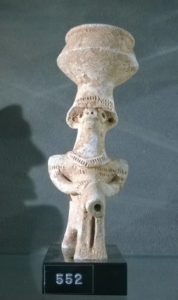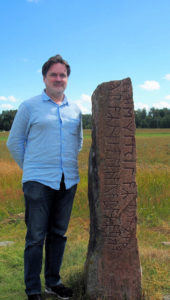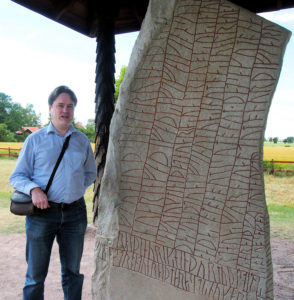Oguri, Kutriguri, Utriguri, and Saraguri were all Turcic tribes speaking Turkic languages.
Agathias — the principal historian of part of the reign of the Roman emperor Justinian I between 552 and 558 — wrote: “…all of them are called in general Scythians and Huns in particular according to their nation. Thus, some are Koutrigours or Outigours and yet others are Oultizurs and Bourougounds… the Oultizurs and Bourougounds were known up to the time of the Emperor Leo (457–474) and the Romans of that time and appeared to have been strong. We, however, in this day, neither know them, nor, I think, will we. Perhaps, they have perished or perhaps they have moved off to very far place.”
Click on the link below to see, where the cited tribes lived, whether they had “perished or moved off to very far place“.
Links:



